Problem
The process of soil damage and vegetation loss often begins with the activities of overgrazing animals. Grazing livestock sometimes consume plants down to the ground. This activity weakens the individual plant with a reduction in tissues capable of photosynthesis; its growth is greatly inhibited. In addition, it destroys plant roots that bind the soil together. When rains come to those grazing lands, rivulets often form along the walking paths and wash away unprotected top soil. The only solution for overgrazing is rotational grazing which is the process of limiting the grazing pressure of livestock in a given area. Livestock are frequently moved to new grazing areas before they cause permanent damage to the plants and soil of an area. But this technique is not usually effective because it’s dependent on the maturity of the person who is managing the livestock. Most people especially in rural areas take their livestock in to some vegetation feeding area and supervise from a distance until they consume the plants and had enough. By then most livestock will feed plants down to the ground. This will create desertification which is the process by which natural or human causes reduce the biological productivity of dry lands.
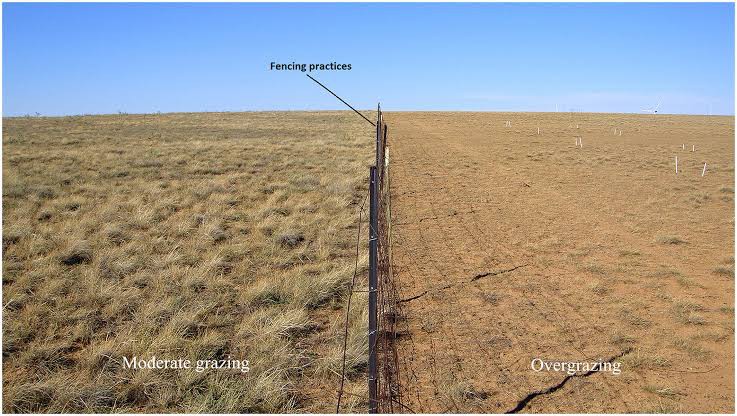
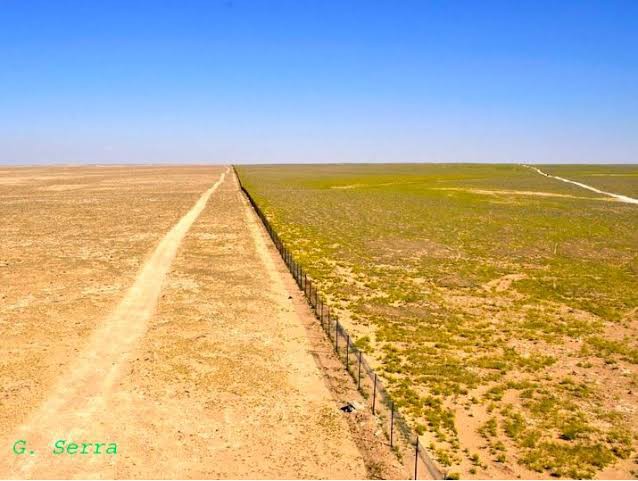
Solution
This project is about building a device that prevents overgrazing by forcing livestock not to consume plants down to the ground. This is done by installing a simple belt on the neck of each livestock that has a structure which hangs on the lower part of the belt that pushes back the neck of the livestock when grazing plants lower than the maximum allowed height close to the soil level. Meaning as the livestock consume the plant down to the ground lower than the allowed height the structure which is attached to the belt will make contact with the ground and the ground will act as an anchor making the structure push up ward on the neck of the livestock. This will make the livestock consume the vegetation without destroying the field. In order avoid the structure to be dragged as the livestock moves forward while feeding or lean forward to consume down to the ground, there is a locking strap installed on the face of the livestock. This is perfect because already many livestock have a ring bell on their neck in many part of the world to avoid theft and this will be additional advantage.

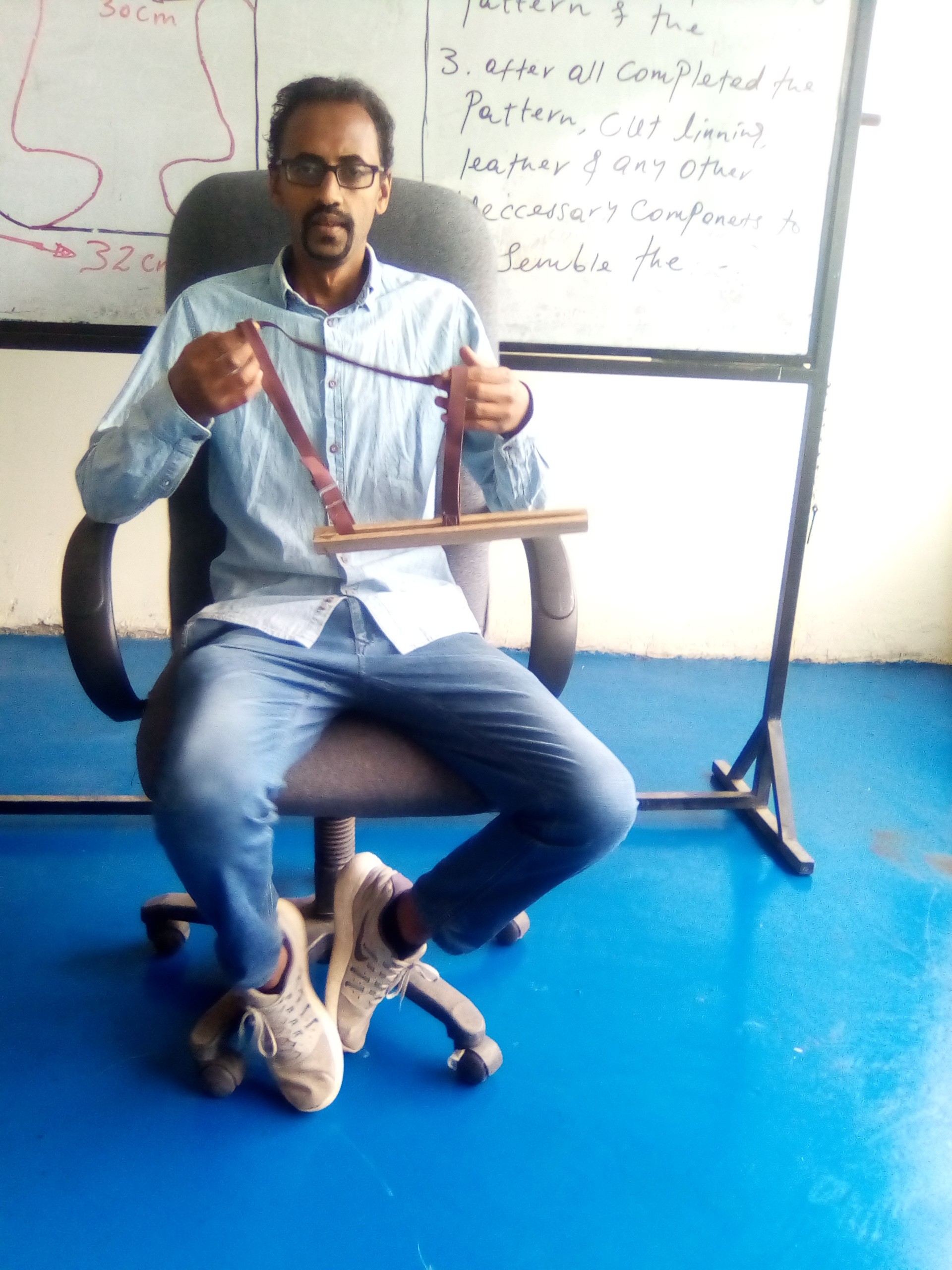
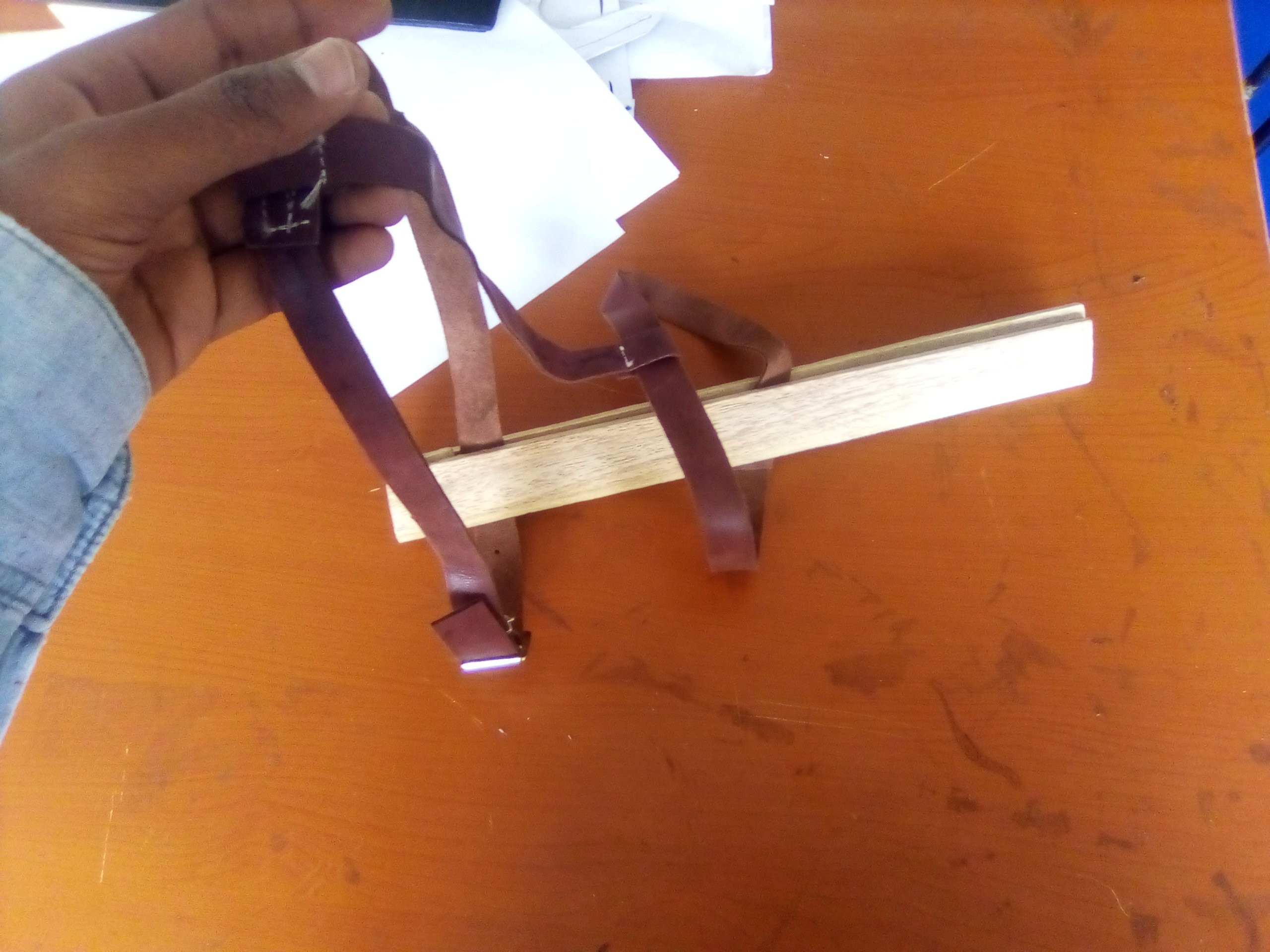
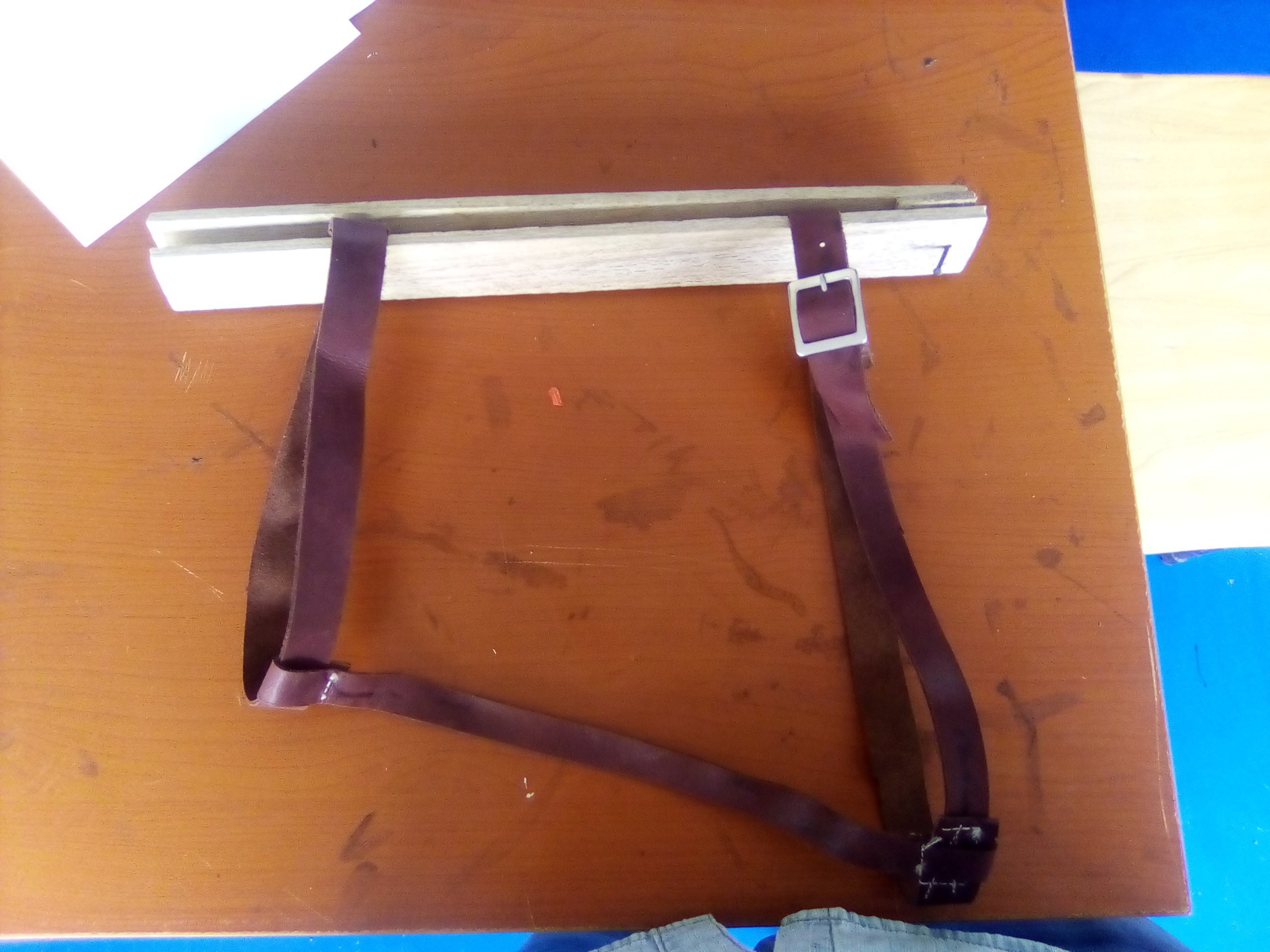
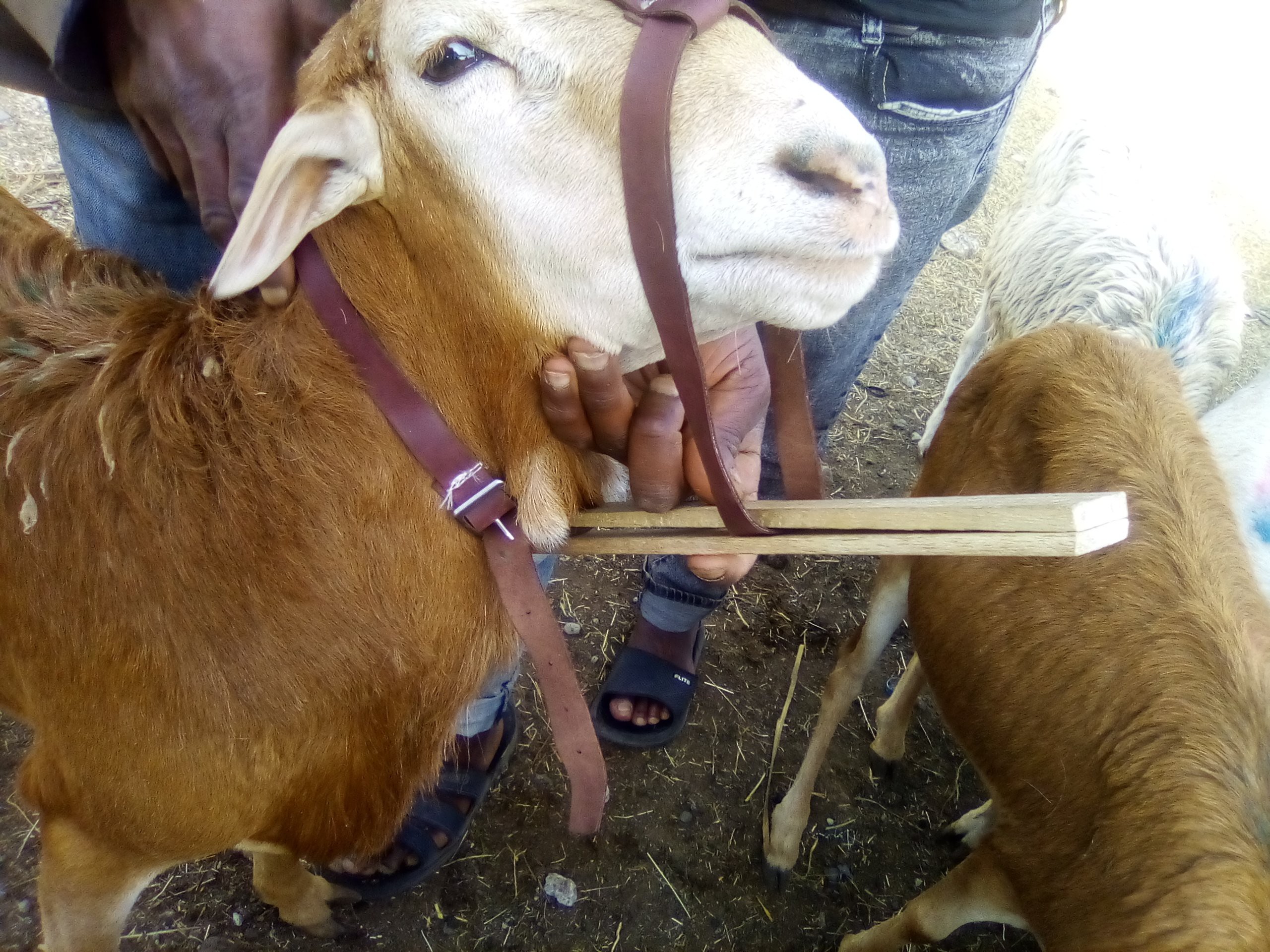

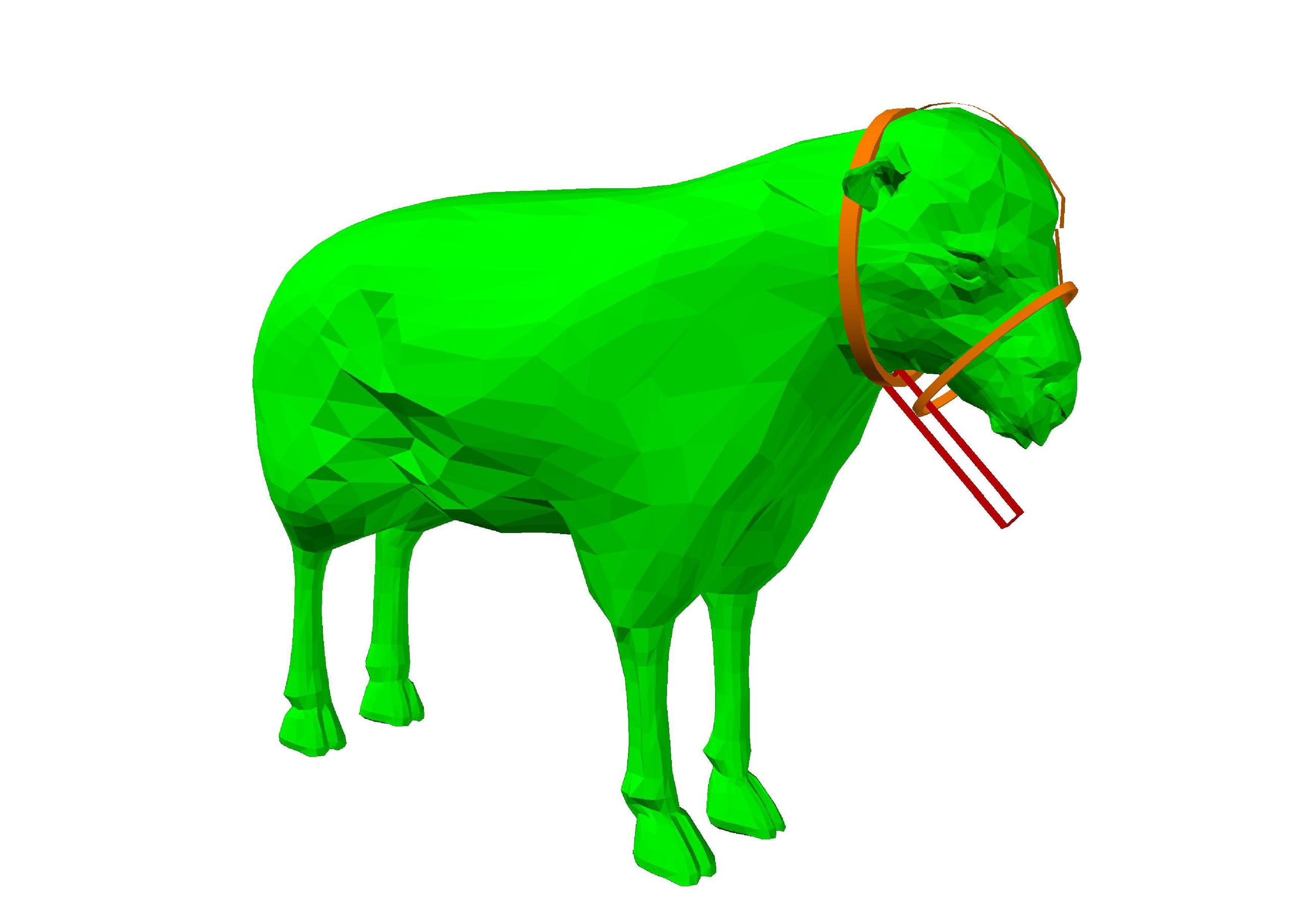
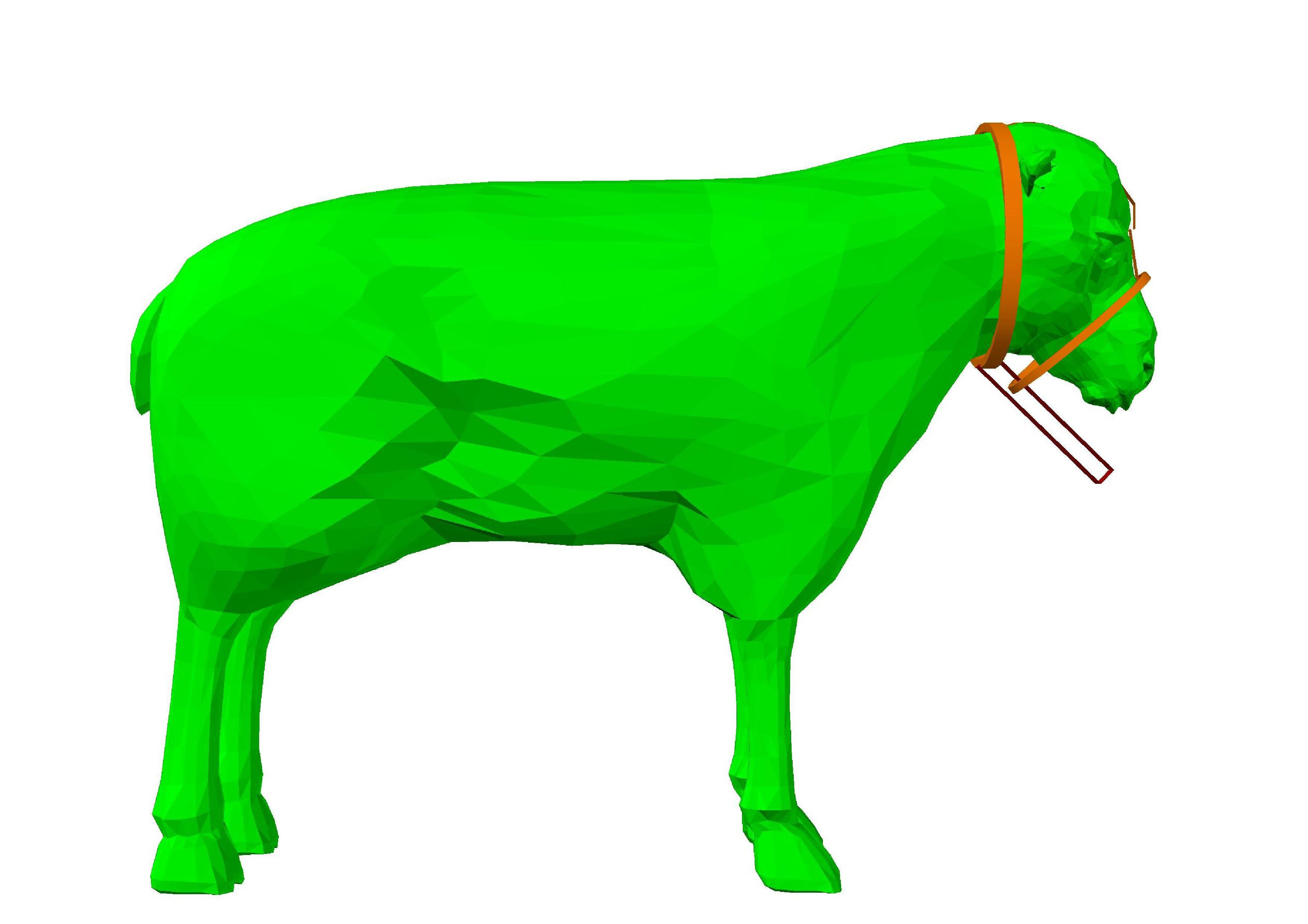
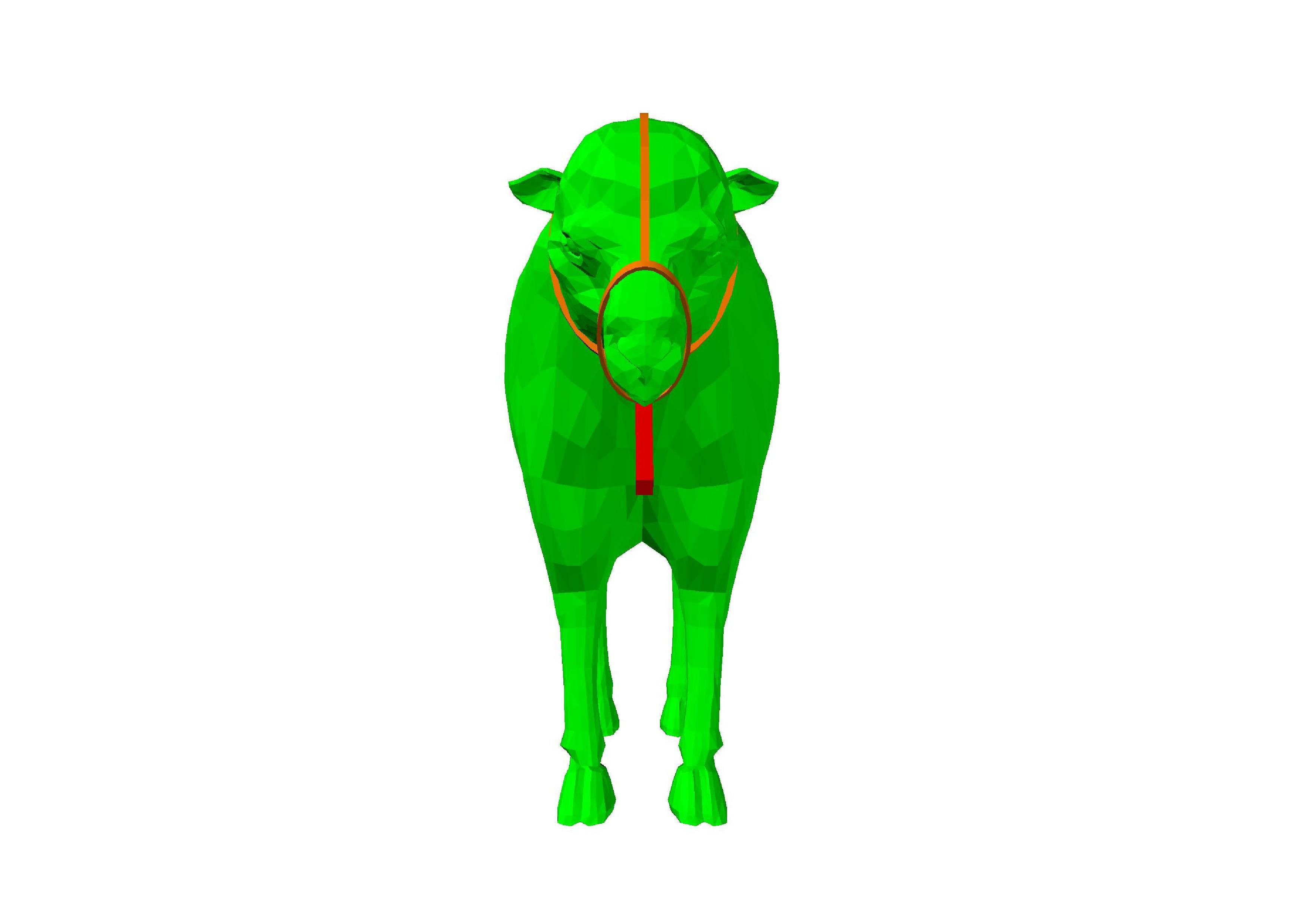
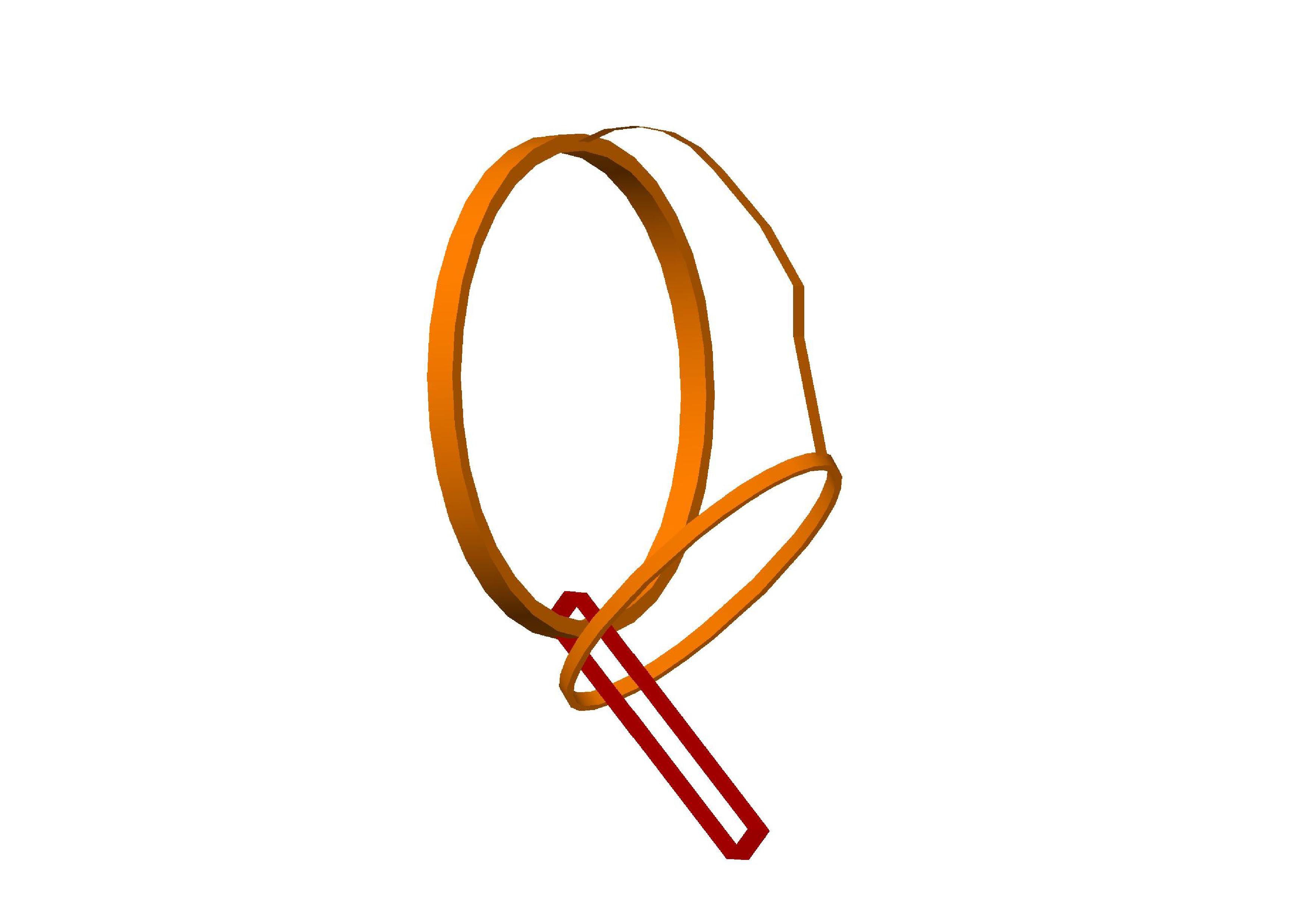
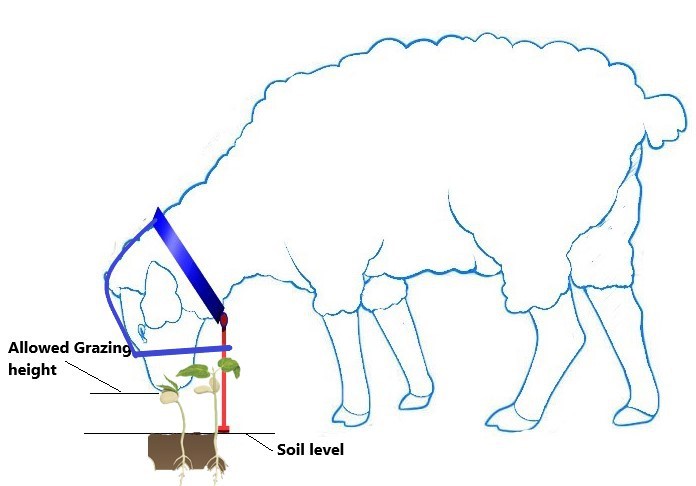
Market
Overgrazing threatens the productivity of rangelands everywhere but its effects are felt with particular severity by pastoralists in the Sahel belt of Africa which is semiarid region of western and north central Africa extending from Senegal eastward to Sudan. The Sahel stretches from the Atlantic Ocean eastward through northern Senegal, southern Mauritania, the great bend of the Niger River in Mali, Burkina Faso (formerly Upper Volta), southern Niger, northeastern Nigeria, south-central Chad, and into The Sudan. Overgrazing affects Sahel at large because pastoralists on that area depend on livestock almost entirely for their livelihood and partly because drought is a recurrent phenomenon in this region. The effects of overgrazing are exponentially magnified at times of drought and pastoralists are especially vulnerable to famine at these times. The fragile nature of agriculture and pastoralism in the Sahel was strikingly demonstrated in the early 1970s, when a long period of drought beginning in 1968 led to the virtual extinction of the crops and loss of 50 to 70 percent of the cattle.
This project provides a tool to avoid occurrence of soil erosion, desertification, drought and famine caused by overgrazing. This tool will bring a very high impact because some 23 percent of the world's land is used for grazing livestock and soil erosion which is cause of desertification which brings drought and famine caused by overgrazing is one of the most important environmental problems in the developing world. The tool is basically...
Read more » Anteneh Gashaw
Anteneh Gashaw

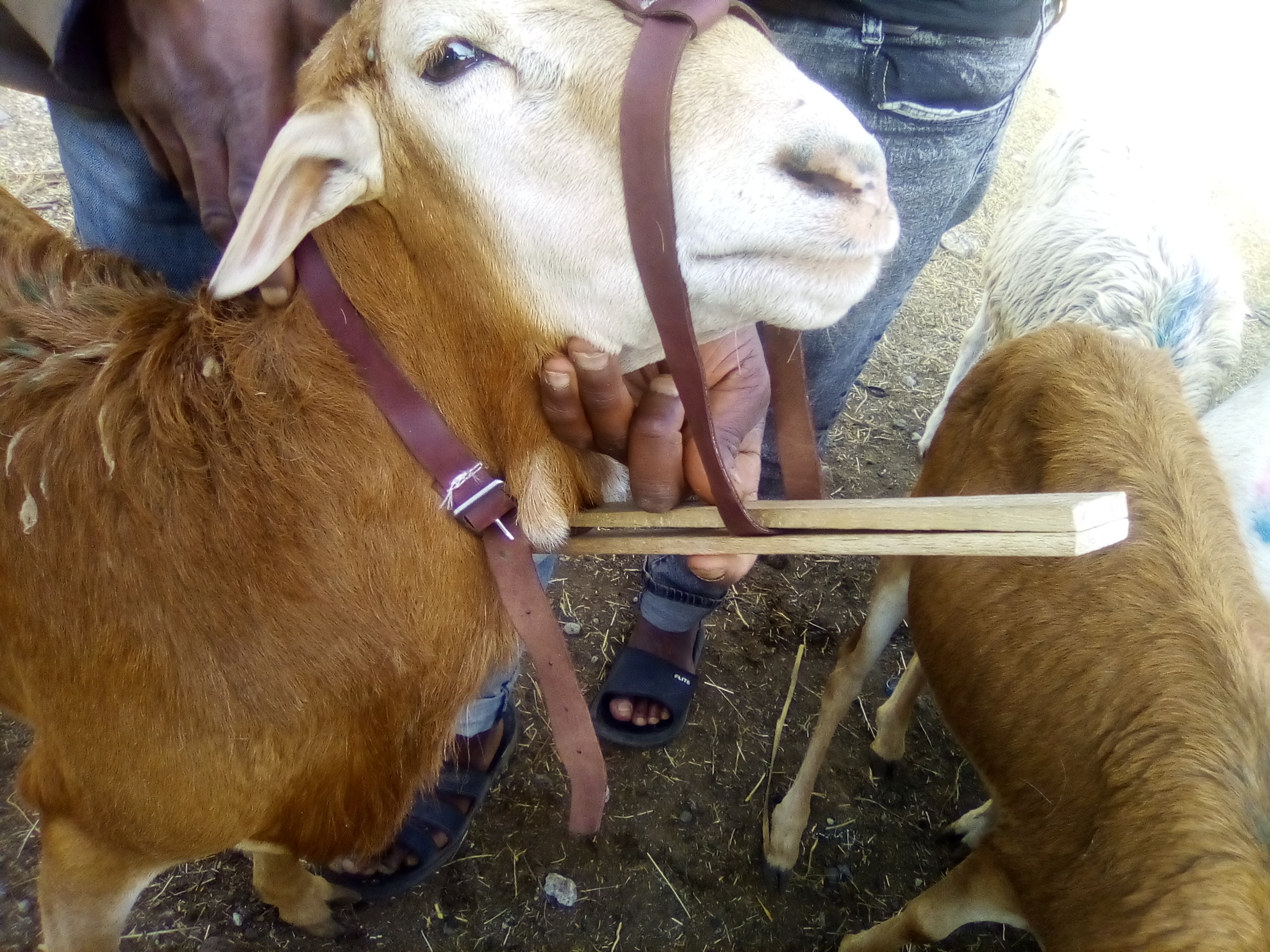


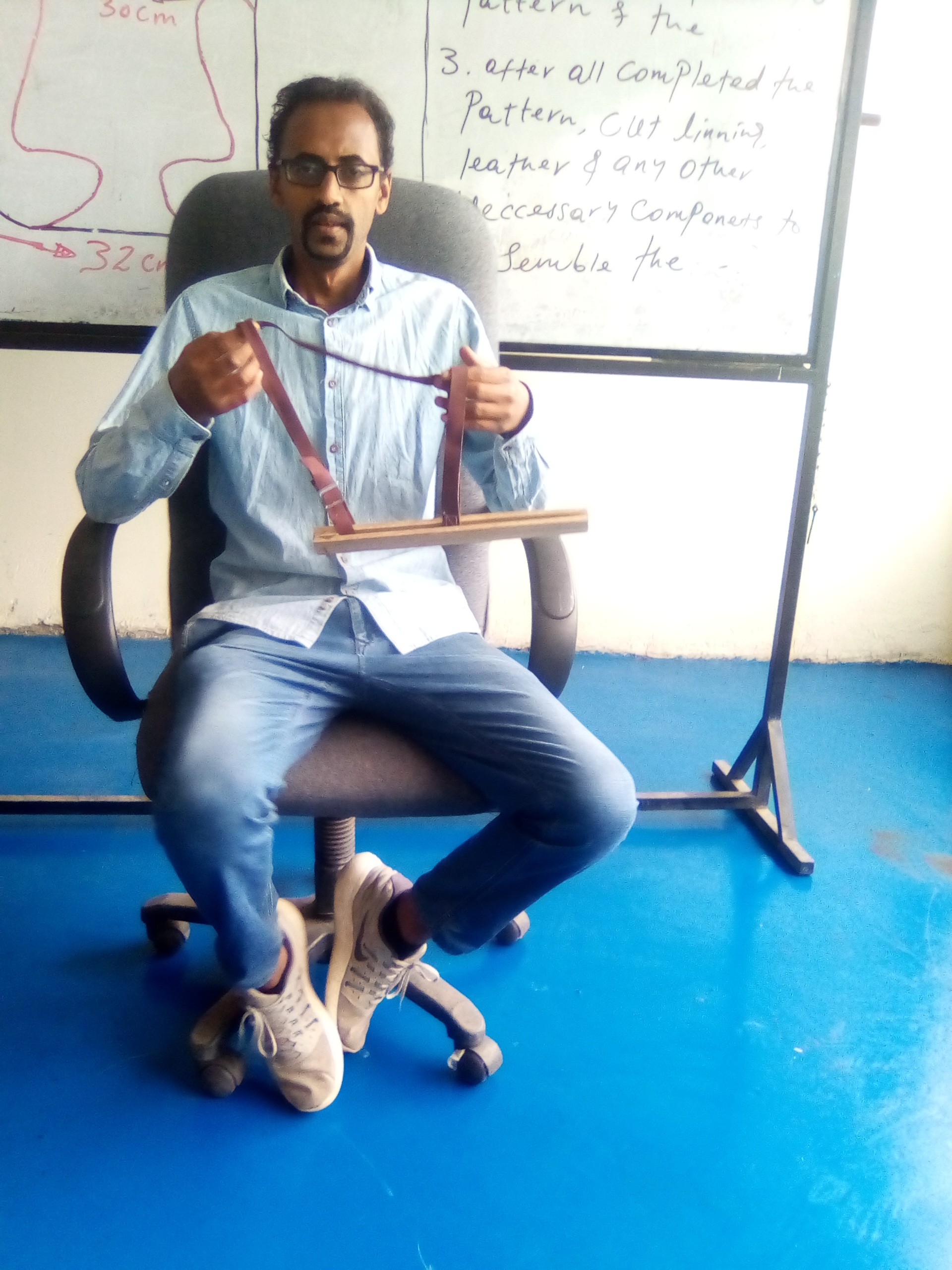
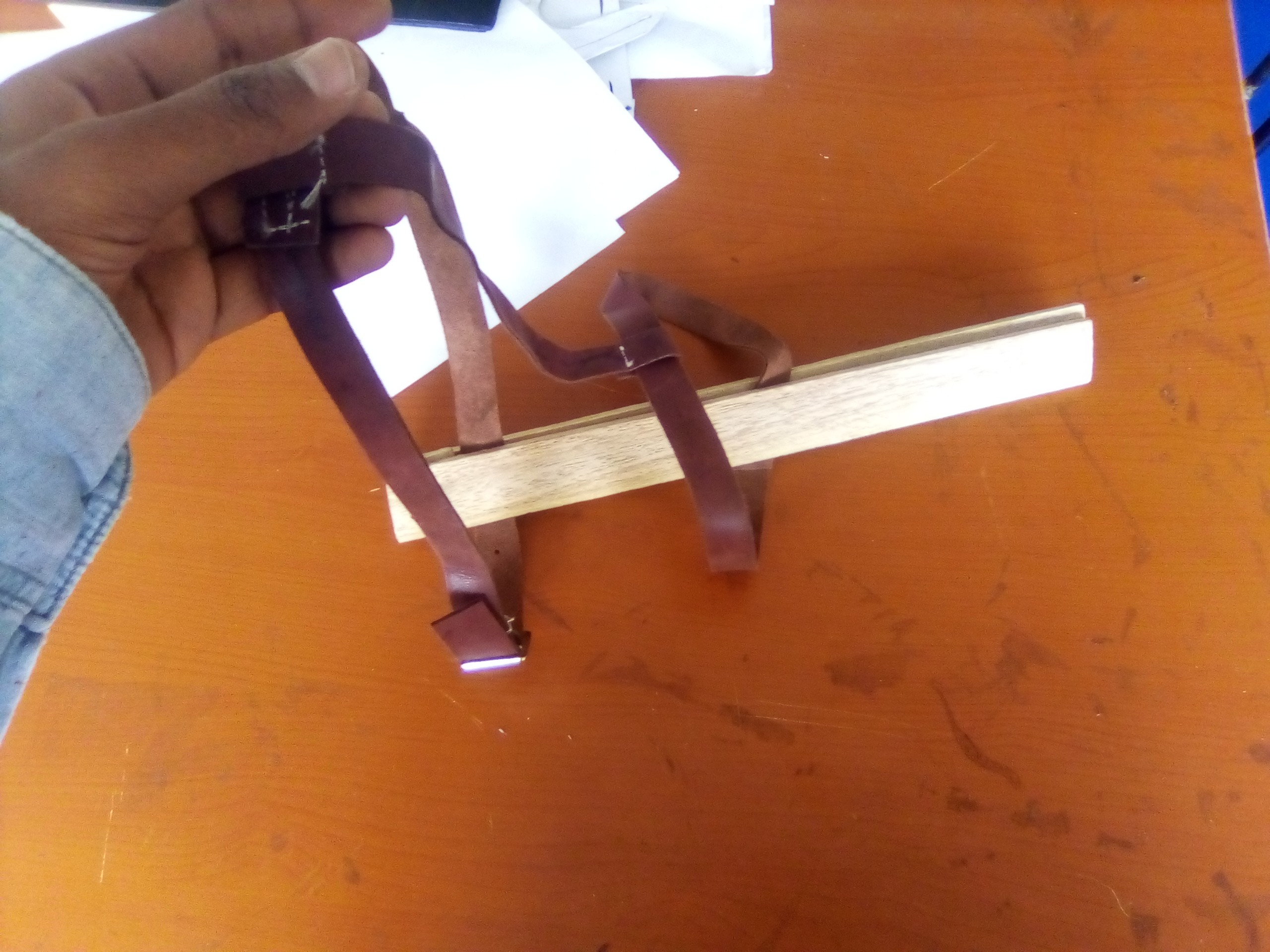



can we see this on a cow? Or is this only for small livestock?